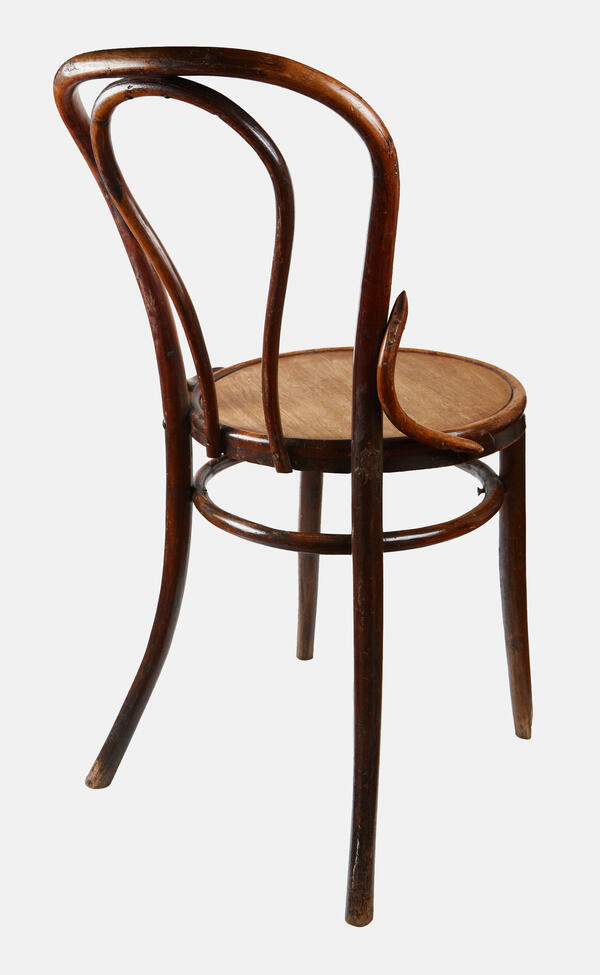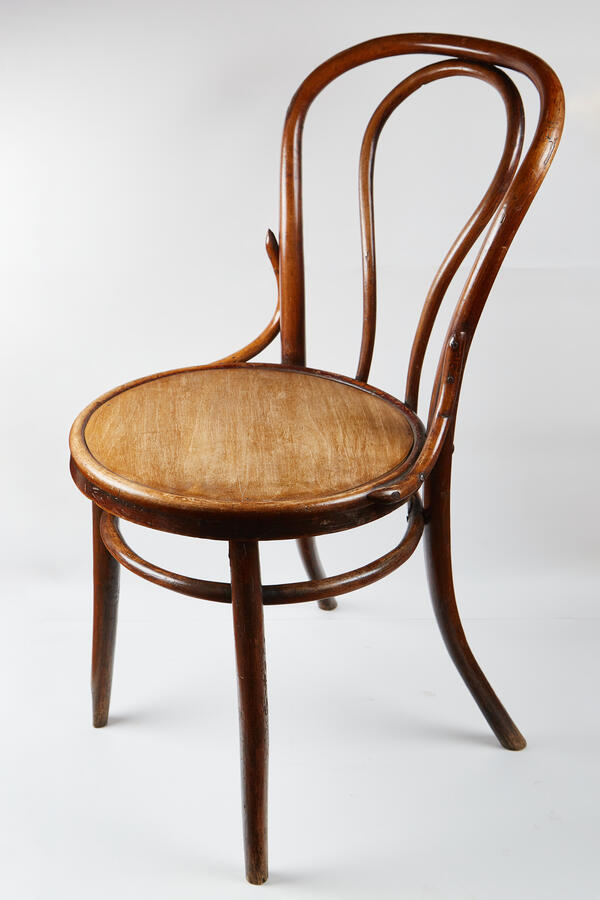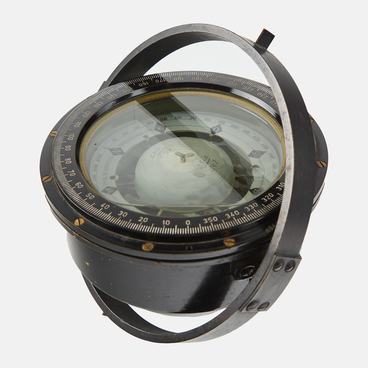The exhibition of the Rusanov House Museum presents the famous Vienna bentwood chair — an outstanding masterpiece of industrial design by the Austrian furniture maker Michael Thonet.
The chair invented by Michael Thonet had a truly ingenious design as it was both elegant and simple. The No. 14 chair is the most famous chair made by the Thonet chair company. In total, over 50 million chairs of this model were produced. The Thonet chair became the world’s first widely successful item of furniture. Moreover, it is the only mass-produced product in the world with its design remaining unchanged for more than 150 years.
The Vienna bentwood chair by Michael Thonet was distinguished by its incredible lightness, minimum of details, elegance of lines, reliability, as well as ease of assembly and transportation. 36 of these chairs could fit in a one cubic meter box, leading to reduced storage and transportation costs. The disassembled chairs were shipped globally from Vienna. They were assembled right at the point of sale, and no special qualifications were required to perform this work: the chair was so basic and reliable that it could not be damaged.
All these qualities were provided not only by the
manufacturing technology, but also by the material from which the chairs were
made — beech. It was Michael Thonet who discovered the unique property of beech
wood, which could bend well without cracking or breaking. Nowadays, beech is
the most popular type of wood used for making beds, tables, chairs, and cribs.
It also has another important property — its microparticles are completely
absorbed by the human body, which means they are completely safe, so even if
babies chew on the crib, parents will not have to worry about their health. In
addition, beech wood can be superior to oak wood in some respects. For example,
after drying, beech becomes stronger than oak, especially if it needs to be
bent. Its wood density is greater than that of oak and its shear strength is
20% higher. Finally, in Western and Central Europe, beech is still the most
common species of deciduous trees, so its widespread use is economically
justified.



